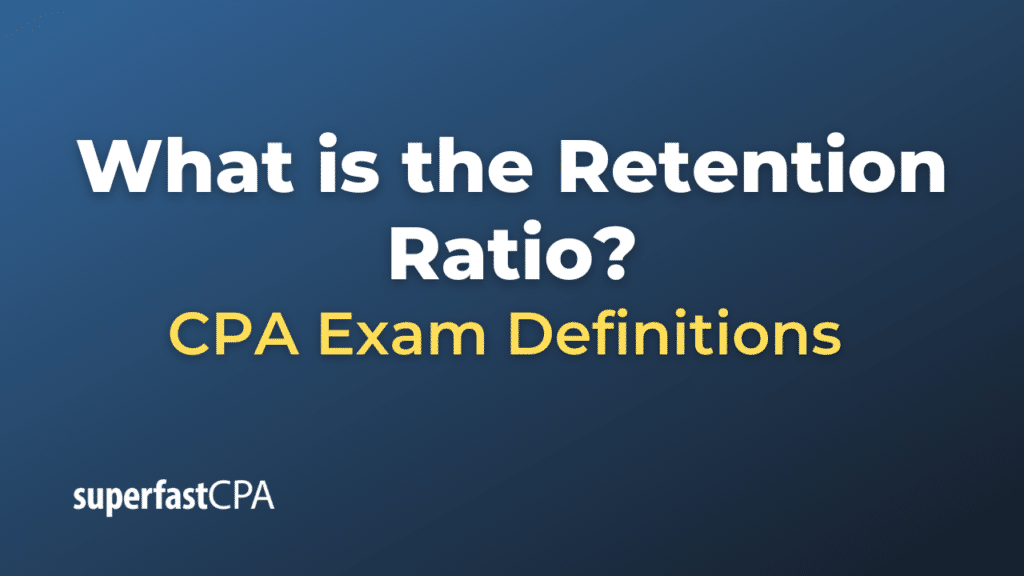Retention Ratio
The retention ratio, also known as the plowback ratio or retained earnings ratio, represents the proportion of net income that a company retains within the business, rather than distributing to its shareholders in the form of dividends. It measures a company’s ability or decision to reinvest its earnings for future growth.
The retention ratio can be calculated using the following formula:
Retention Ratio = Retained Earnings / Net Income
Or alternatively:
Retention Ratio = 1 − Payout Ratio
Where:
- Retained Earnings is the portion of net income that is not distributed as dividends.
- Net Income is the company’s total profit for a given period.
- Payout Ratio is the proportion of earnings paid out as dividends to shareholders.
A higher retention ratio means that the company is retaining more of its earnings to reinvest or pay off debt, while a lower ratio indicates that more of the company’s earnings are being paid out as dividends. This ratio can provide insights into a company’s growth strategy. For example, a startup or a company in expansion mode may have a high retention ratio as they reinvest most, if not all, of their profits back into the business. On the other hand, a well-established company with stable earnings might have a lower retention ratio, as they may distribute a larger portion of their profits as dividends to shareholders.
Example of the Retention Ratio
Let’s use a hypothetical company, “TechPioneer Inc.,” to illustrate the retention ratio.
TechPioneer Inc. reported the following financial data for the year:
- Net Income: $1,000,000
- Dividends Paid to Shareholders: $300,000
To find out the retained earnings, we subtract the dividends from the net income:
Retained Earnings = Net Income − Dividends Paid
Retained Earnings = $1,000,000 – $300,000 = $700,000
Now, to calculate the retention ratio:
Retention Ratio = Retained Earnings / Net Income
Retention Ratio = $700,000 / $1,000,000 = 0.7
Converted to a percentage, TechPioneer Inc. has a retention ratio of 70%.
Interpretation:
In this example, TechPioneer Inc. retains 70% of its net income within the company and distributes the remaining 30% as dividends to its shareholders. This might suggest that TechPioneer is primarily focused on reinvesting its profits for future growth and expansion. Investors may interpret this high retention ratio as a sign that the company sees valuable opportunities for reinvestment, or it might simply be the company’s policy to keep a higher percentage of its earnings. As always, it’s essential to consider other financial metrics and qualitative factors when evaluating a company’s strategy and financial health.













